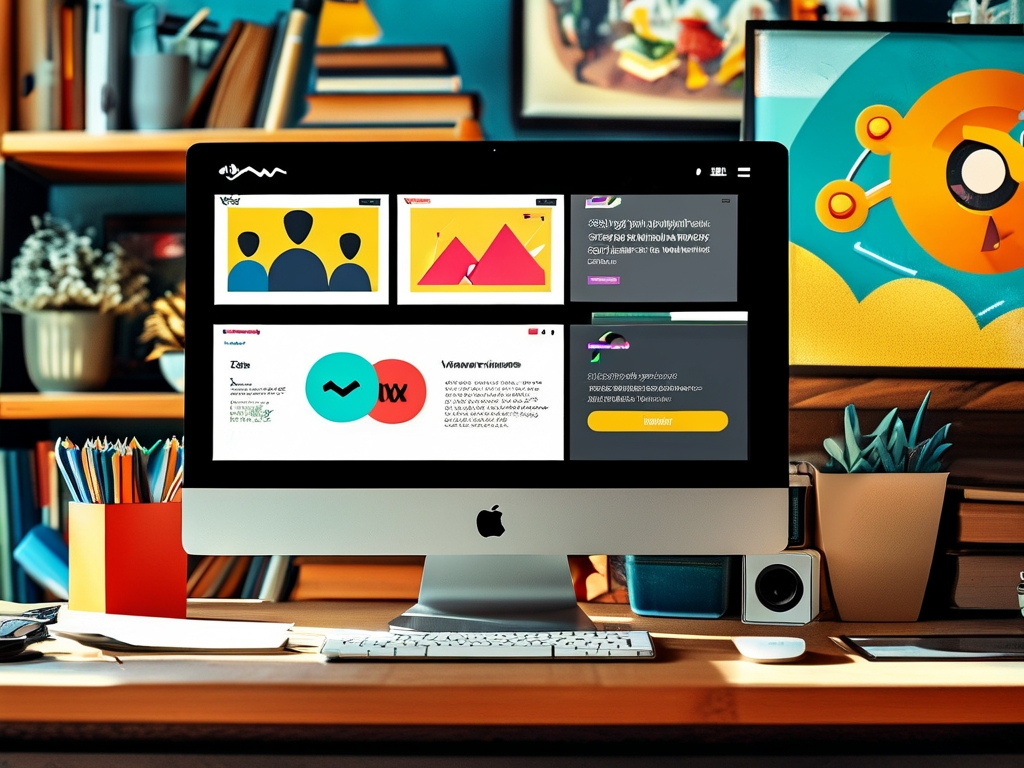In the world of software development, two critical roles form the backbone of modern applications: front-end engineers and back-end engineers. While both are essential for building functional and user-friendly software, their responsibilities, tools, and focuses differ significantly. This article explores the distinctions between these roles, shedding light on their unique contributions to the development process.
1. Core Responsibilities
Front-End Engineers focus on the user-facing aspects of an application. They design and implement the visual and interactive elements that users directly engage with. This includes layouts, buttons, forms, animations, and navigation menus. Their work ensures that an application is intuitive, responsive, and accessible across devices (e.g., desktops, smartphones).
Back-End Engineers, on the other hand, work on the server-side logic that powers the application behind the scenes. They manage databases, server configurations, APIs, and business logic. Their primary goal is to ensure data is processed securely, efficiently, and delivered to the front end as needed.
2. Technologies and Tools
Front-End Tools:

- Languages: HTML, CSS, JavaScript.
- Frameworks/Libraries: React, Angular, Vue.js, Svelte.
- Design Tools: Figma, Sketch, Adobe XD (for prototyping).
- Testing: Jest, Cypress (for UI and functionality testing).
Back-End Tools:
- Languages: Python, Java, Ruby, PHP, Node.js (JavaScript), C#.
- Frameworks: Django (Python), Spring (Java), Ruby on Rails, Express.js.
- Databases: MySQL, PostgreSQL, MongoDB, Redis.
- APIs: RESTful services, GraphQL.
- DevOps: Docker, Kubernetes, AWS, Azure (for deployment and scaling).
3. Collaboration and Workflow
Front-end and back-end engineers often collaborate through APIs (Application Programming Interfaces). For example, a front-end engineer might request user data from a back-end API to display a profile page. Miscommunication here can lead to integration issues, making teamwork vital.
Front-end developers frequently work with UI/UX designers to translate mockups into code, while back-end engineers collaborate with data engineers or DevOps specialists to optimize server performance and security.
4. Skill Sets and Challenges
Front-End Challenges:
- Ensuring cross-browser compatibility (e.g., making sure a website works on Chrome, Safari, and Firefox).
- Optimizing performance (e.g., reducing page load times).
- Adapting to rapidly evolving frameworks and design trends.
Back-End Challenges:
- Managing scalability (e.g., handling thousands of simultaneous users).
- Preventing security vulnerabilities (e.g., SQL injection, data breaches).
- Balancing database efficiency with complex query requirements.
5. Career Paths and Overlaps
Front-end engineers might specialize in areas like mobile development (React Native, Flutter) or accessibility (WCAG compliance). Back-end engineers could transition into cloud architecture or database administration.
However, the rise of full-stack development blurs these lines. Full-stack engineers handle both front-end and back-end tasks, often using tools like Next.js (React + Node.js) or Django (Python with built-in templating). Still, deep expertise in one domain remains valuable for complex projects.

6. Impact on User Experience
A well-designed front end can attract users, but a poorly optimized back end will drive them away. For instance, a visually stunning e-commerce site (front end) will fail if the payment gateway (back end) crashes during checkout. Both roles must align with business goals to create a seamless product.
Front-end and back-end engineering are two sides of the same coin. While front-end engineers prioritize user experience and visual coherence, back-end engineers ensure reliability, security, and scalability. Understanding these differences helps teams collaborate effectively and build robust applications. As technology evolves, both roles will continue to adapt, but their core missions—serving users and enabling functionality—will remain unchanged.









